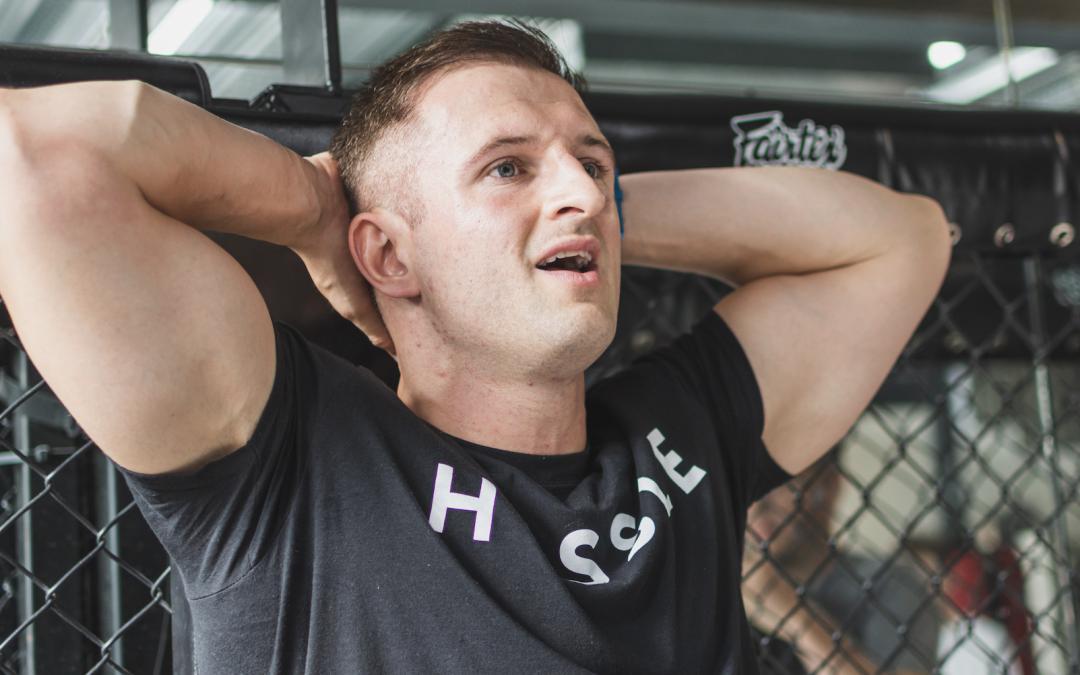Get back into a regular fitness routine without feeling stiff, sore, or injured by following our simple fitness tips.
New Year is a great time to get back into a regular fitness routine. You’ve enjoyed the festive celebrations, and now it’s time to focus on your goals. You feel fired up, motivated, and ready to hit the gym.
But many people get injured in January because they launch themselves full-speed into a training routine. Here’s how to find balance and train safely, so you can see the results you crave without getting injured.
What are the different types of gym injury
When you hear the word ‘injury’, you might think about serious issues like broken bones or torn tendons. Those things can happen, but it’s much more common to sustain a smaller injury that can keep you out of the gym for a week or more. The most common gym injuries include sprains, strains, and niggling pains often in complicated joints like the shoulder or hip.
What are the leading causes of injury in the gym
Gym injuries can affect anyone, from beginners to experienced gym goers. Keep yourself safe from annoying or painful injures by steering clear of these common causes of injury in the gym.
Incorrect use of equipment
Gym equipment is safe when it’s used correctly, so make sure you learn how to set up and load machines, bars, and functional fitness kit. If you are starting a new gym membership, ask a Personal Trainer to give you a tour that includes an overview of the equipment.
Training at max effort every session
More isn’t always better when it comes to training, even when you have a big goal to reach. Make sure you manage your training volume and intensity. It’s OK to go all-out sometimes, but not every session. Consider factors like sleep, nutrition, stress, and hydration before pushing the intensity. And remember to take rest days and deload weeks throughout your training plan.
Pushing through pain
Every gym goer knows there’s a fine line between pushing through fatigue and ignoring your body’s signals. Of course there will be times when you need to shut out the voice in your head that’s telling you to cut the workout short and go get a coffee. Be sure to learn the difference between pain and discomfort, fatigue and burn-out.
Bad exercise selection
There are so many different ways to train in a gym. You don’t necessarily have to do certain exercises just because everyone else does. Some people are not built for back squats, deadlifts, or burpees. Get advice from a fitness progressional so you can build a plan that contains safe exercises that suit your body and will help you achieve your goal.
Not warming up properly (or at all)
Warming up is a crucial part of your workout, especially at this time of year when the weather is cold. Warming up doesn’t mean a few quick stretches, either. Make sure your warm up contains some cardio movement, and some mobility for the ankle, hip, thoracic and shoulder joints. Use your warm up to wake your brain up, too, so your central nervous system knows it’s about to do some hard work.
Cherry-picking favourite exercises
Everyone has favourite exercises or pieces of gym equipment. Abd it’s fine to include these in your workouts – after all, training should be enjoyable. But don’t neglect certain movements or muscle groups entirely. This is a sure way to invite injury! Your training plan should address the key movement patterns (squat, hinge, lunge, pull,, pish, carry, rotation) and include single leg work.
Doing technical lifts under fatigue
The ‘big lifts’ (squats, deadlifts, overhead press, and Olympic lifts) and undeniably great tools for building strength and fitness. But you shouldn’t do these technical, heavy lifts when you’re fatigued. Not only will you risk injury, but you won’t get much benefit from the exercise when you’re tired. Do technical lifts after rest days, and early in your sessions whilst you are fresh. Do accessory work, core training, and functional exercises when you are under fatigue.
10 things gym experts do to avoid injury
1. Warm up properly including joints and CNS
2. Choose exercises that suit their biomechanics
3. Learn how to operate, set up, and load gym equipment
4. Listen to their body’s signals of pain and exhaustion
5. Train full body including accessory work
6. Take rest days and regular deload weeks
7. Not aim for max performance and PBs every session
8. Understand that progress looks different for everyone
9. Address niggles rather than pushing through
10. Regularly do mobility work, stretching, and soft tissue release
[h2] How to get back into a fitness routine safely
Getting back into the gym can feel exciting, but don’t let your enthusiasm stop you from listening to common sense. Remember our list of 10 simple tips to stay free from muscle injuries, joint injuries, and even the worst DOMS that can keep you out of the gym for weeks.
Choose from Hussle’s huge network of gyms near me and access 100s of gyms, leisure centres, studios, and classes with one pass. Get fit your way with Hussle.



